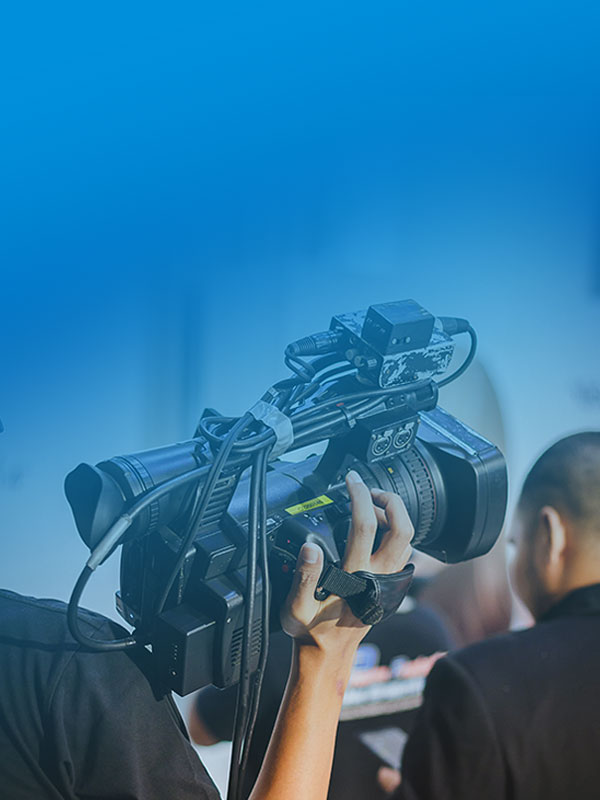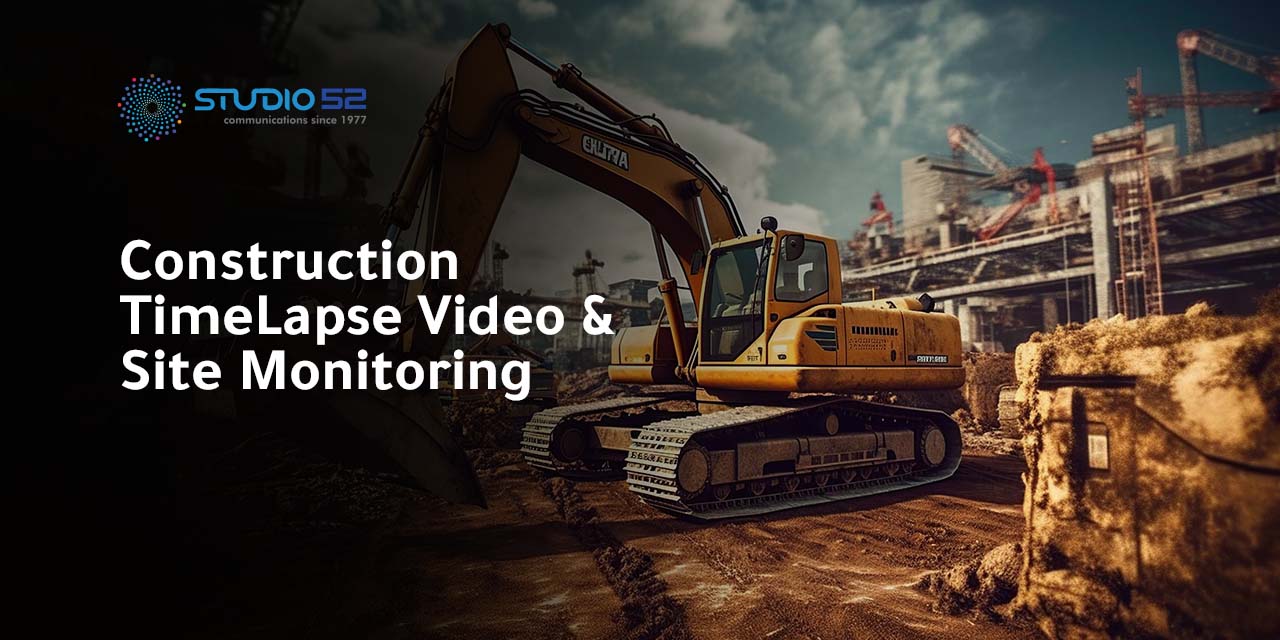In the world of photography and videography, one technique stands out for its ability to transform the mundane into the extraordinary: time-lapse photography. It’s an art form that allows us to observe the subtle changes in our surroundings, condensing hours, days, or even years into a matter of seconds or minutes. Whether you’re a seasoned professional or just embarking on your photographic journey, mastering the art of time-lapse photography requires not only creativity but also the right equipment and an understanding of frame rates. In this comprehensive guide, we will delve deeper into the fascinating world of timelapse photography, exploring how to choose the best timelapse camera, equipment, and frame rate to create stunning sequences that will captivate your audience.
Table of Content
Understanding Time-Lapse Photography
Before we embark on the technical aspects of time-lapse photography, let’s lay down the basics. Time-lapse photography, at its core, is a technique that involves capturing a series of individual images at predetermined intervals and then playing them back as a video sequence. This seemingly simple process has the magical ability to accelerate the passage of time, revealing hidden patterns, natural phenomena, and the world’s dynamic beauty.
Selecting the Right Camera
The foundation of successful time-lapse photography begins with the selection of the right camera. While it’s true that you can create time-lapse sequences with a smartphone, dedicated cameras offer a level of control and quality that can elevate your work to a professional level. Here are some crucial factors to consider when choosing a camera for time-lapse photography. Readout this timelapse photography guide:
- Resolution: The resolution of your camera is vital. Opt for a camera with high resolution, preferably 4K or higher, to ensure your time-lapses are crisp, detailed, and suitable for large screens.
- Interchangeable Lenses: Cameras with interchangeable lenses provide versatility in framing your shots. They allow you to adapt to various shooting conditions and creative preferences.
- Low Light Performance: Good low-light performance is essential for time-lapses taken during the golden hours of sunrise and sunset, as well as for capturing the mesmerizing beauty of the night sky. Look for cameras with excellent low-light capabilities.
- Battery Life: When embarking on an extended time-lapse project, battery life becomes a crucial consideration. Opt for a camera with long battery life or one that can be powered externally to ensure uninterrupted shooting.
- Intervalometer: An intervalometer is a handy feature that simplifies capturing images at predetermined intervals. Some cameras come with built-in intervalometers, while others require an external one. Make sure your camera supports this essential tool.

Essential Equipment
Beyond the camera itself, several pieces of equipment are essential to ensure your time-lapses are stable, smooth, and visually captivating.
- Tripod: A tripod is non-negotiable for time-lapse photography. It provides stability and prevents camera shake, which can significantly degrade the overall quality of your time lapses. Invest in a sturdy, reliable tripod to ensure your shots remain steady throughout the shooting process.
- ND Filters: Neutral density (ND) filters are indispensable when shooting time-lapses, especially in bright conditions. These filters reduce the amount of light entering the camera, allowing for longer shutter speeds. This is particularly useful when you want to capture smooth motion in daylight time-lapses, such as the movement of clouds or water.
- Intervalometer Remote: While some cameras include built-in intervalometers, external intervalometer remotes offer more control and flexibility over your time-lapse settings. They allow you to fine-tune intervals, exposure settings, and other parameters to achieve the desired effect.
- Slider or Gimbal: For dynamic time-lapses that involve camera movements, consider using a slider or gimbal. These tools enable you to achieve smooth and controlled camera motion, adding an extra layer of creativity to your time-lapse sequences.
Mastering Frame Rates
Frame rate is a critical aspect of time-lapse photography, as it determines how motion is portrayed in your final sequence. Each frame rate imparts a unique look and feel to your time-lapse, influencing the overall mood and impact of your work. Let’s explore some common frame rates and their applications:
- 24fps (Frames Per Second): This is the standard frame rate for cinematic footage. It provides a slightly dreamy, natural quality to your time-lapses, making it ideal for capturing landscapes, architecture, and scenes with slow-moving subjects.
- 30fps (Frames Per Second): Commonly used for television and online content, 30fps delivers a smoother look. It’s suitable for time-lapses of events, activities, or scenes with moderate motion.
- 60fps (Frames Per Second): This frame rate offers the smoothest motion and is excellent for capturing fast-moving subjects, such as traffic, crowds, or sports events. It adds a sense of immediacy and fluidity to your time-lapses.
Crafting Your Time-Lapse
Now that you have the camera, equipment, and frame rate sorted, it’s time to put theory into practice. Crafting a compelling time-lapse requires more than just technical knowledge; it demands creativity and attention to detail. Here are some tips to help you create time-lapses that leave a lasting impression:
- Plan Your Shot: Before hitting the record button, visualize the final result. Plan your composition, framing, and camera placement meticulously. Consider the direction of light, the movement of subjects, and the overall story you want to tell.
- Use Manual Mode: Set your camera to manual mode to have full control over exposure settings, including aperture, shutter speed, and ISO. Manual mode allows you to maintain consistent exposure throughout the sequence, preventing flickering or abrupt changes in lighting.
- Check Your Intervals: Ensure that your interval settings match the speed of the action you want to capture. Longer intervals work well for slow-moving subjects, while shorter intervals are ideal for scenes with rapid changes.
- Frame Variations: Don’t be afraid to experiment with different intervals and frame rates. Sometimes, unexpected results can lead to remarkable time-lapses. Test different settings and review your footage to refine your approach.
- Patience Is Key: Time-lapse photography is an exercise in patience. Be prepared to invest significant time in your shoots, monitoring your equipment throughout to ensure everything runs smoothly.
Capture Every Moment with Precision! 📸 Hire Us Today for Expert Timelapse Camera Services
Conclusion
Time-lapse photography is a mesmerizing art form that allows us to witness the world in a unique way. By carefully selecting the right camera, equipment, and frame rate, you can capture the passage of time in stunning detail and create sequences that resonate with your audience. Remember that mastering timelapse photography comes with practice and experimentation. Each time-lapse you create is an opportunity to refine your skills and tell compelling visual stories. So, equip yourself with the knowledge and tools you need, venture into the world, and unveil the hidden beauty of time through your lens. Happy shooting, and may your time lapses be a source of inspiration for all who behold them!
FAQ
Q: What is time-lapse photography?
A: Time-lapse photography is a technique that involves capturing a series of individual images at predetermined intervals and then playing them back as a video sequence. This seemingly simple process has the magical ability to accelerate the passage of time, revealing hidden patterns, natural phenomena, and the world’s dynamic beauty.
Q: What is the best camera for time-lapse photography?
A: For high-quality time-lapse photography, consider a DSLR like the Canon EOS 5D Mark IV or Nikon D850. If you want a more compact option, mirrorless cameras like the Sony Alpha a7R IV are also excellent choices.
Q: What other equipment do I need for time-lapse photography?
A: A tripod is essential to keep your camera steady during the shoot, while ND filters reduce the amount of light entering the camera, allowing for longer shutter speeds and smoother motion.
Q: How do I create a time-lapse?
To create a time-lapse, set your camera to manual mode, adjust the exposure settings, set the intervalometer remote to the desired interval, start recording, and let the camera run for the desired amount of time.





